Stay Up To Date

Strategies to Incorporate Economics in Middle School Social Studies
Economics is one of the smaller and less talked about aspects of social studies, but a no less important concept for students.

Juneteenth: A Milestone to Commemorate in United States History
Juneteenth, the newest designated federal celebration, is a holiday that the United States recognizes on June 19th.
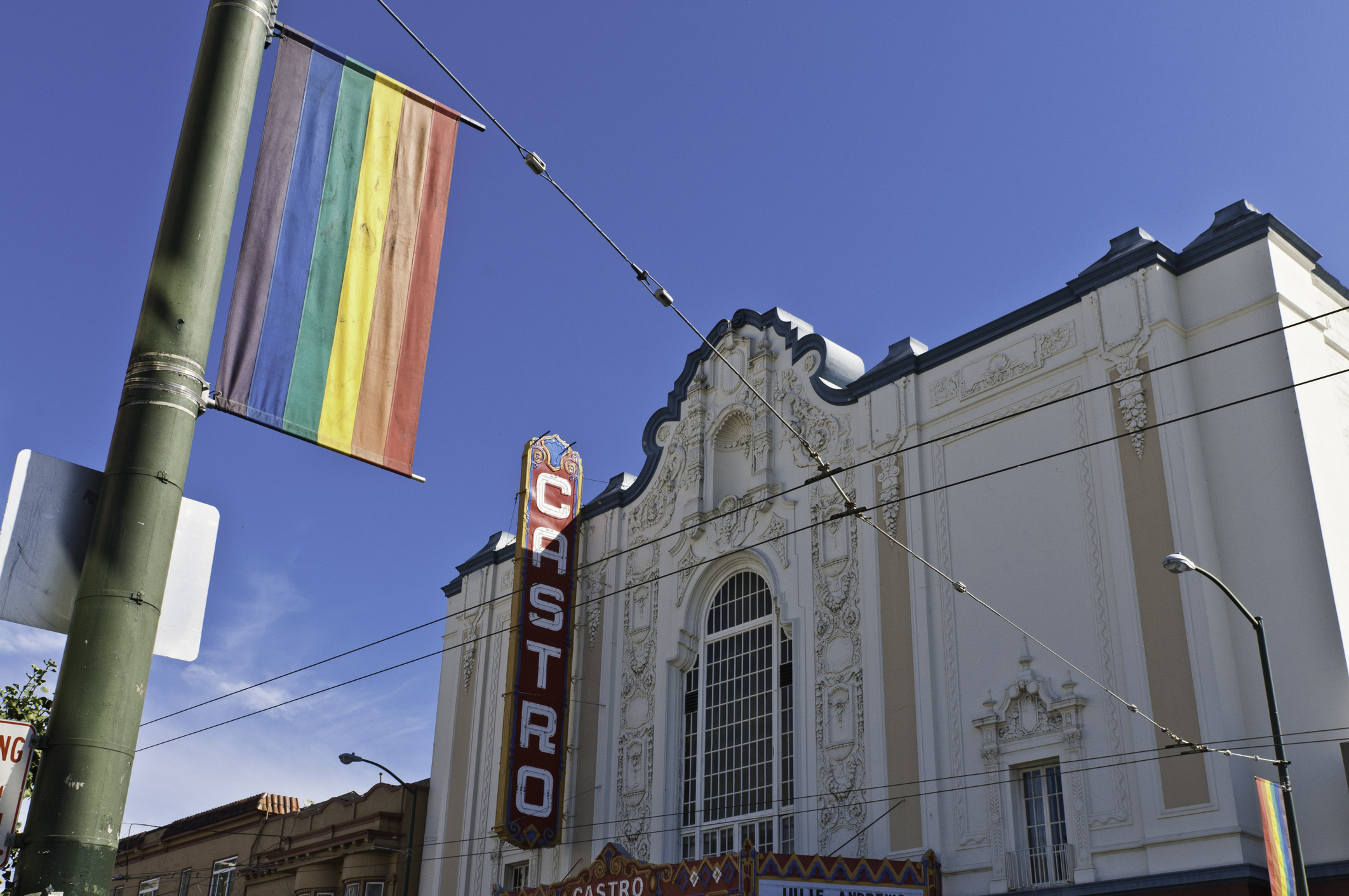
Historic LGBTQ+ Events to Recognize for Pride Month
June is LGBTQ+ Pride Month, which honors the 1969 Stonewall uprisings.
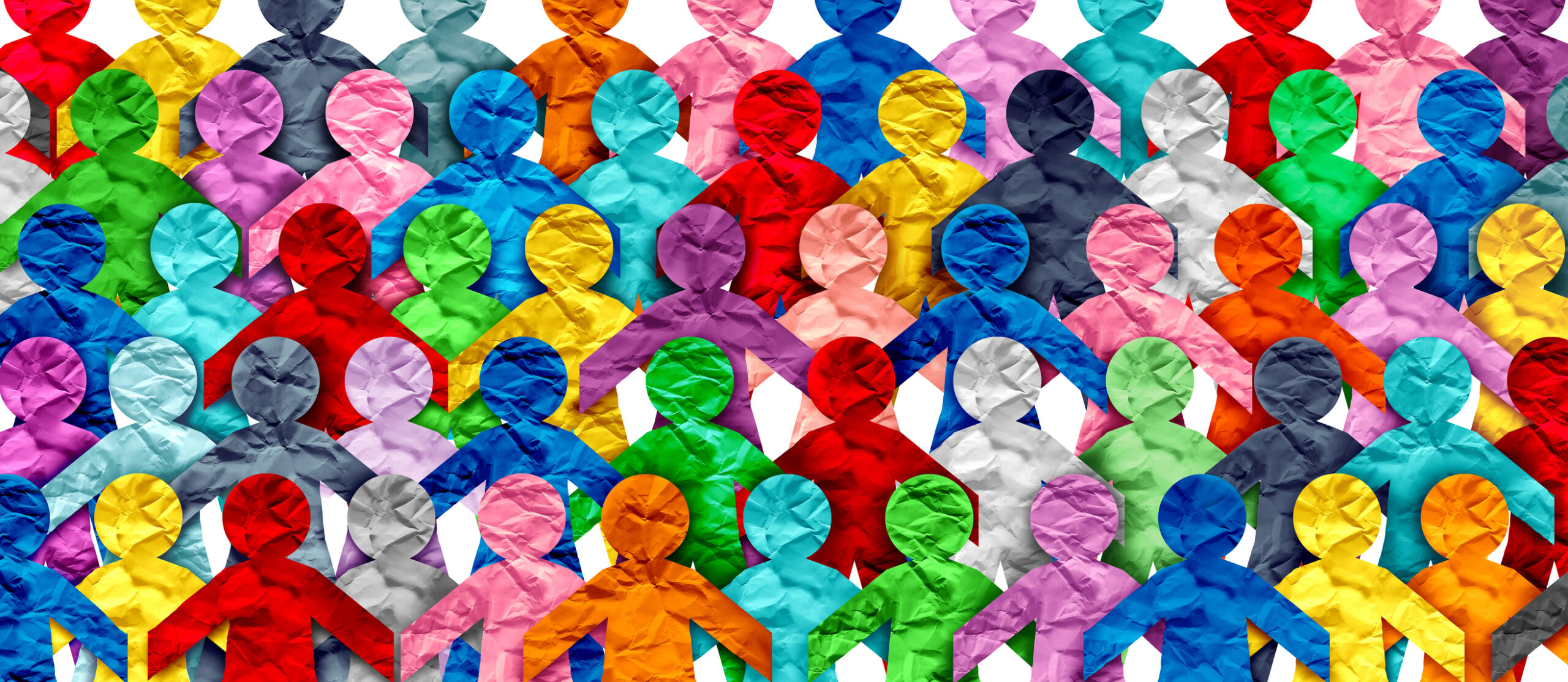
Teaching Sociology: An Educator’s Guide to Social Studies Integration
Sociology is the scientific study of human society, social relationships, and social institutions.
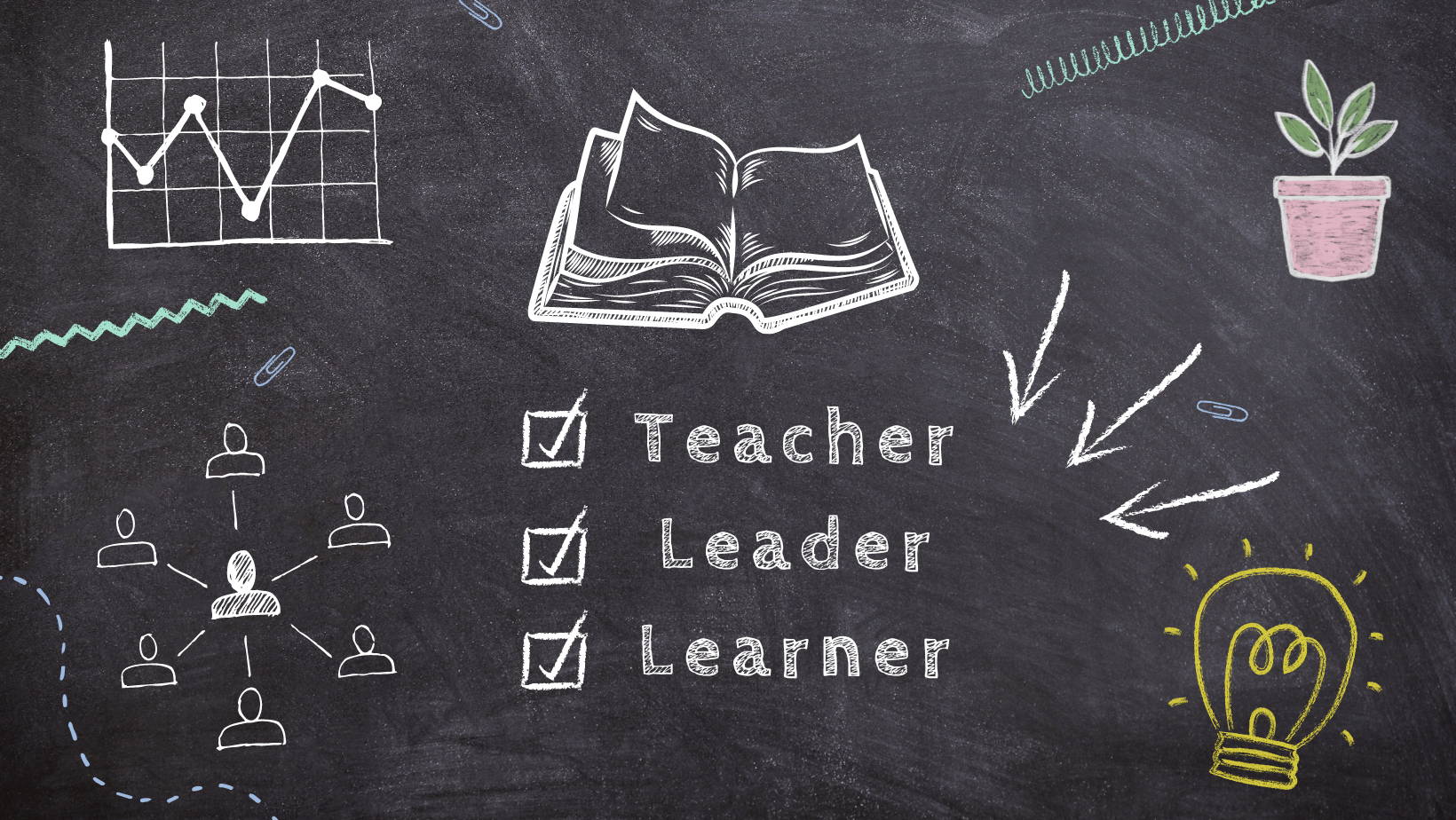
Make an Impact on Your District by Developing Teacher Leaders
Are leaders creating opportunities that will ensure that the next generation of educators has a sound foundation to stand on? Are we building capacity to create the next generation of change agents? I posed this very question to my colleagues some time ago.
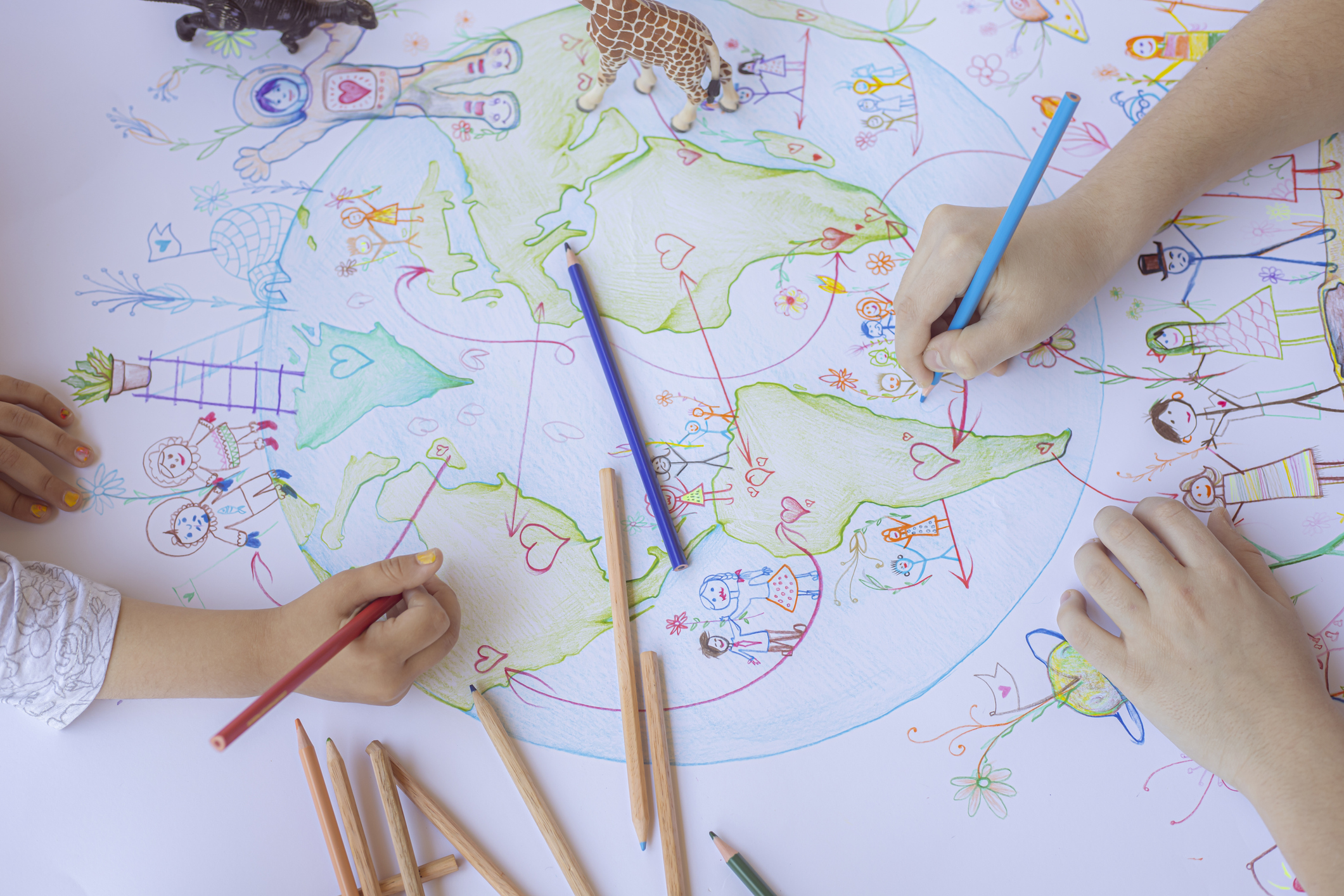
Modifying Social Studies Curriculum for Special Education Students
Social studies is an important subject for students in special education, as it provides them with an understanding of the world around them and the history, culture, and society of different groups of people.
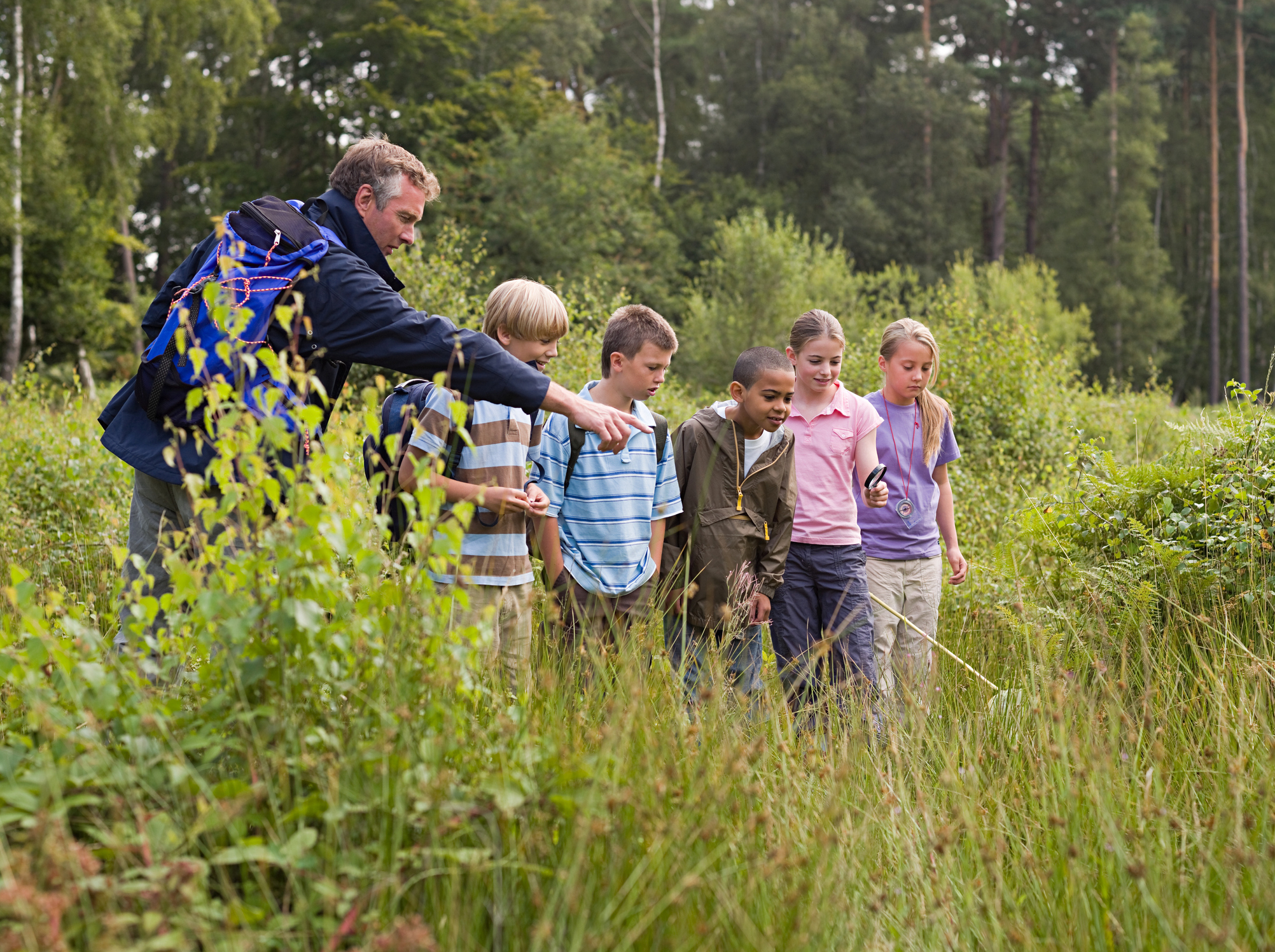
Environmental Studies: An Educator’s Guide for the Social Studies Classroom
Teaching about geographic themes and the topographic features of our earth has long been a staple of any social studies classroom.
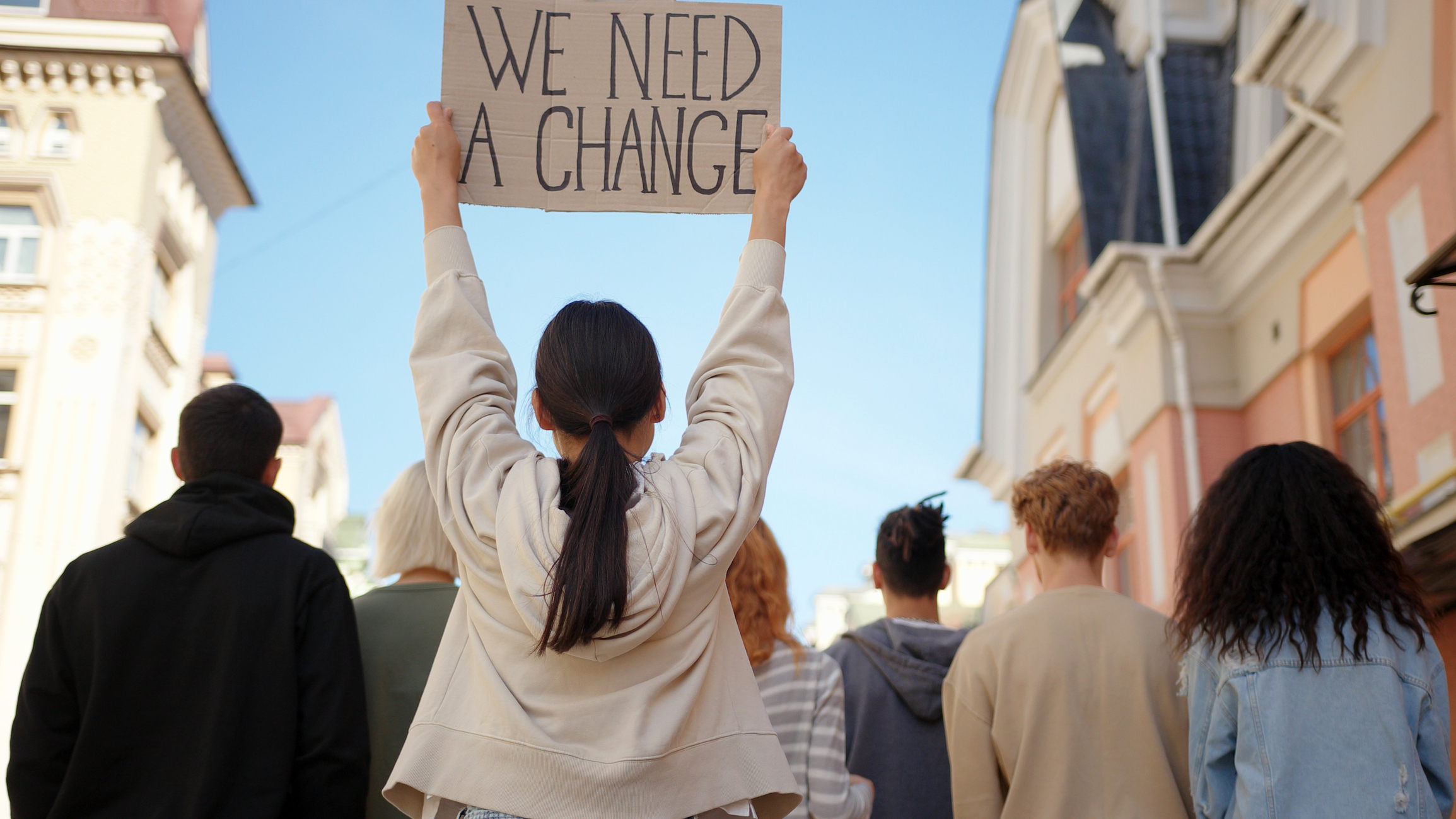
5 Historical Examples of Students Taking Civic Action
Inspiring students is crucial for their academic, personal, and professional growth, particularly as students progress into the secondary level.
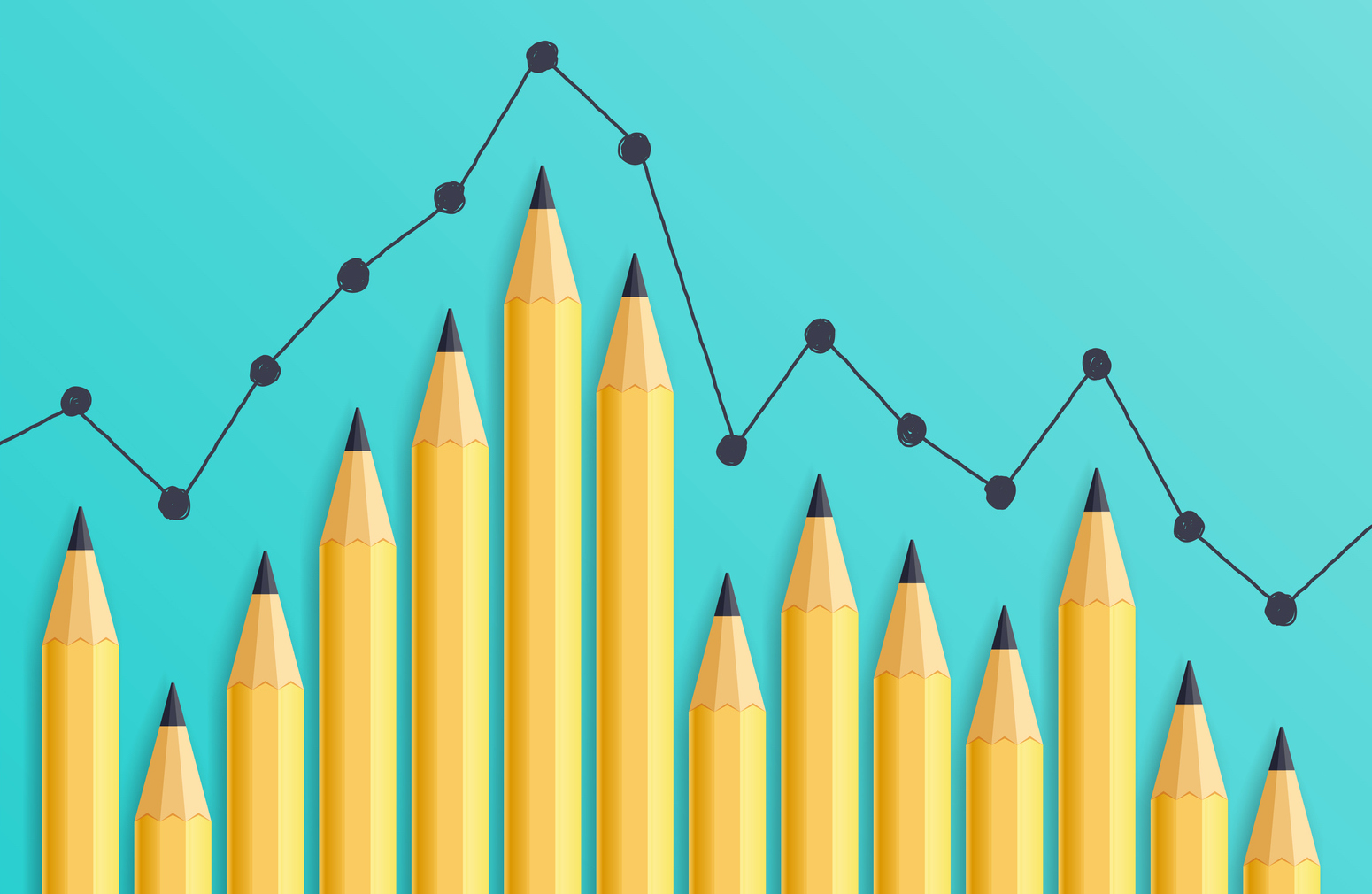
Using Data to Drive Curriculum and Instruction for Social Studies
In today’s world, data is everywhere.